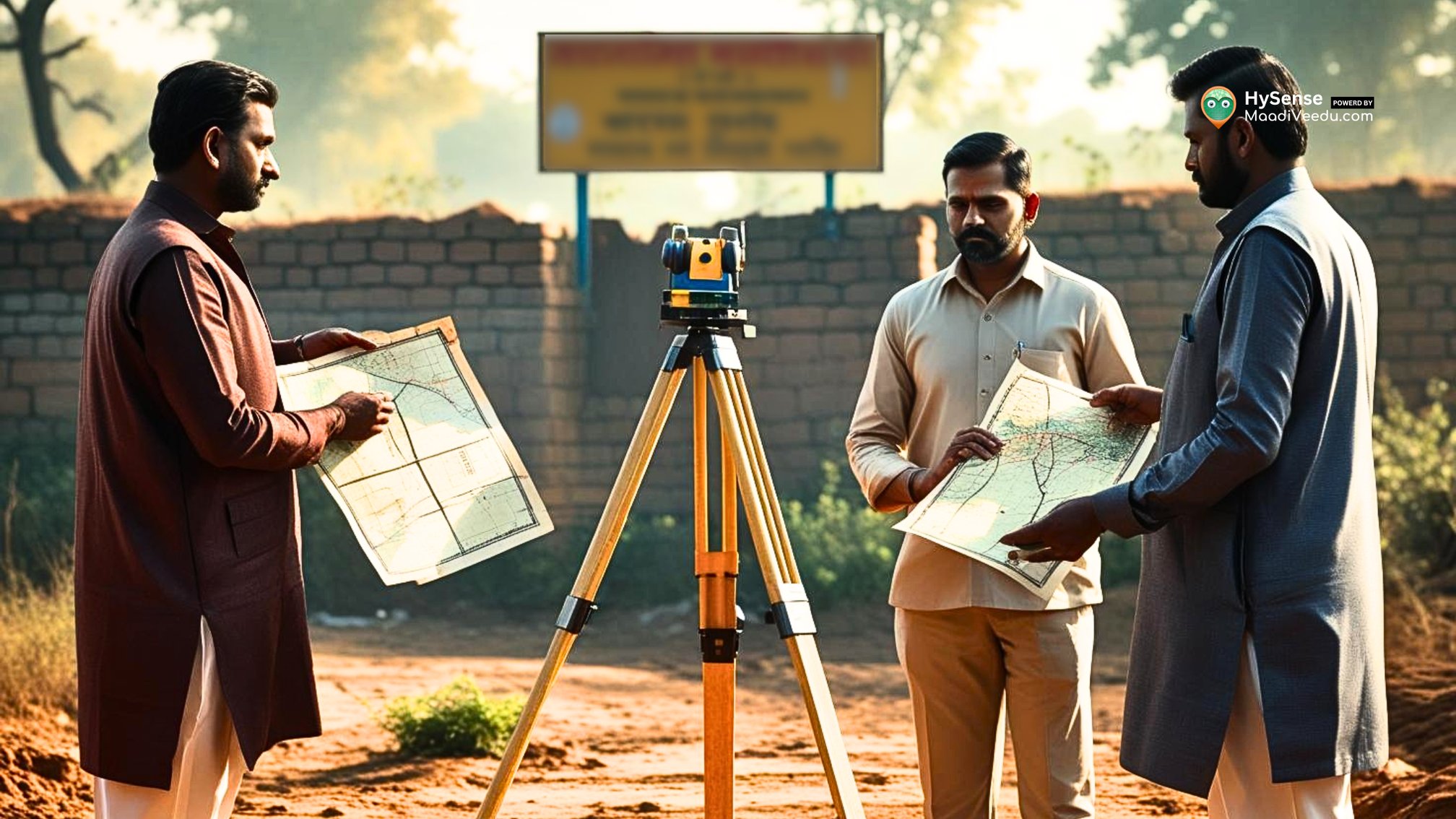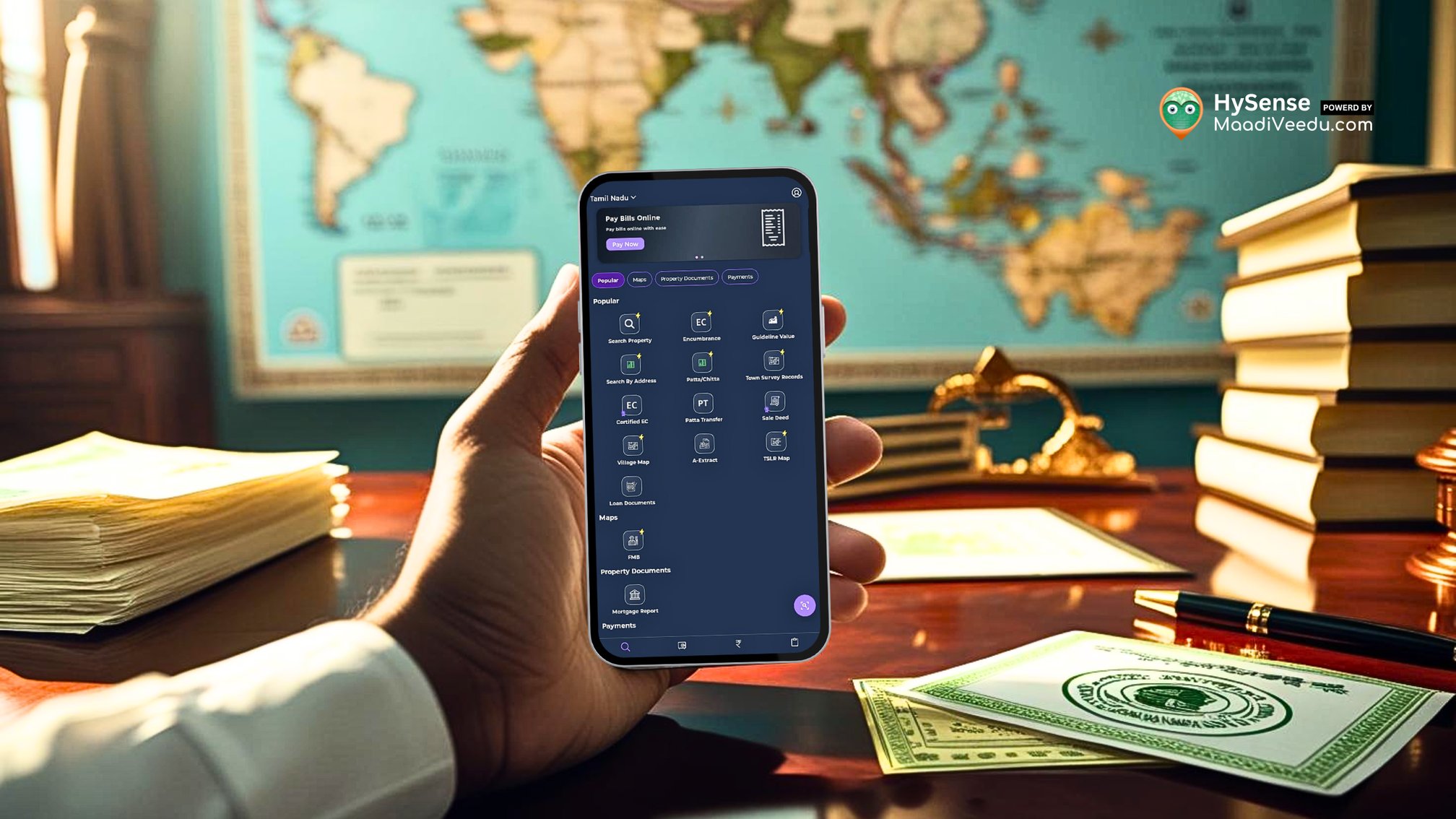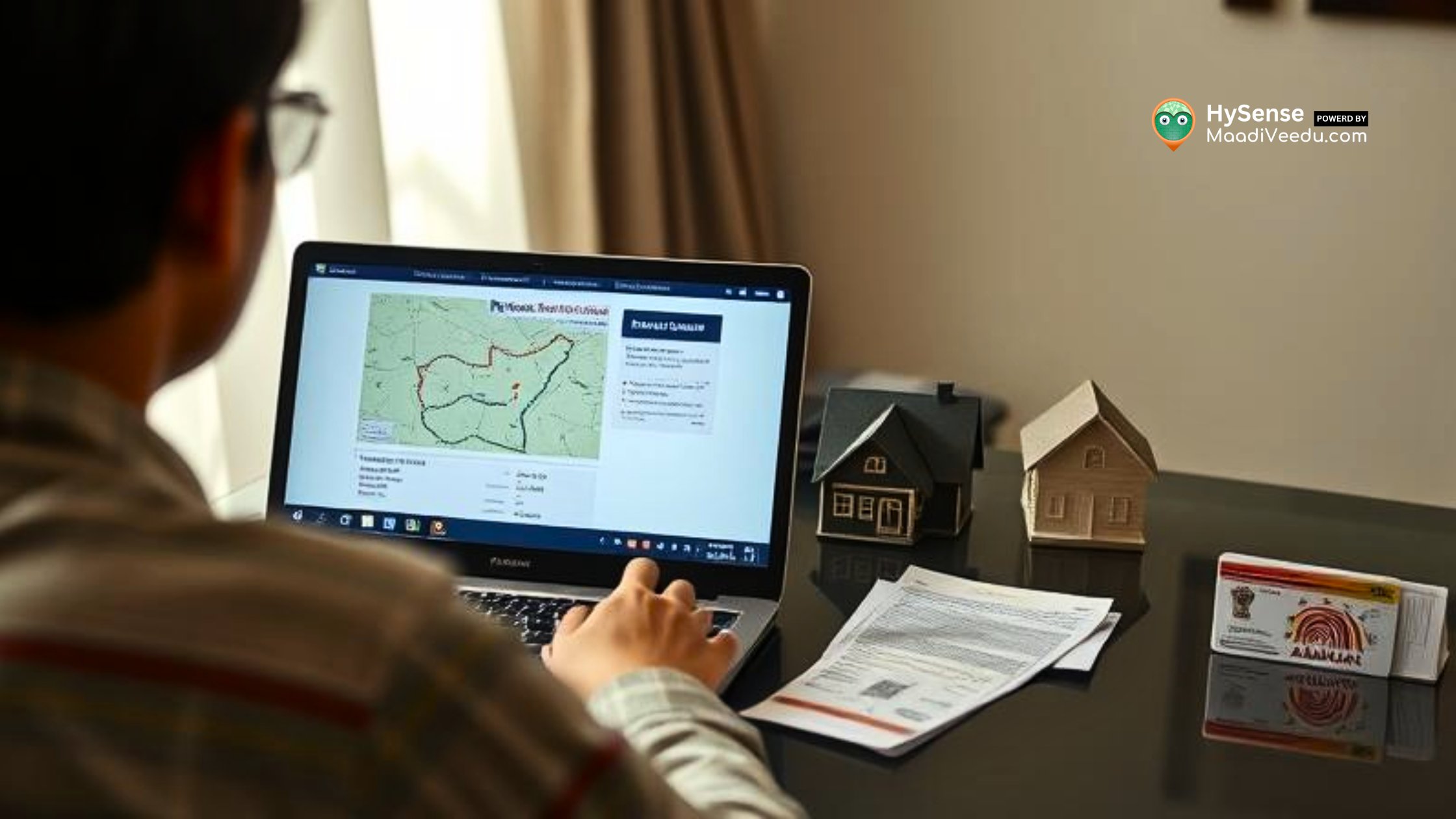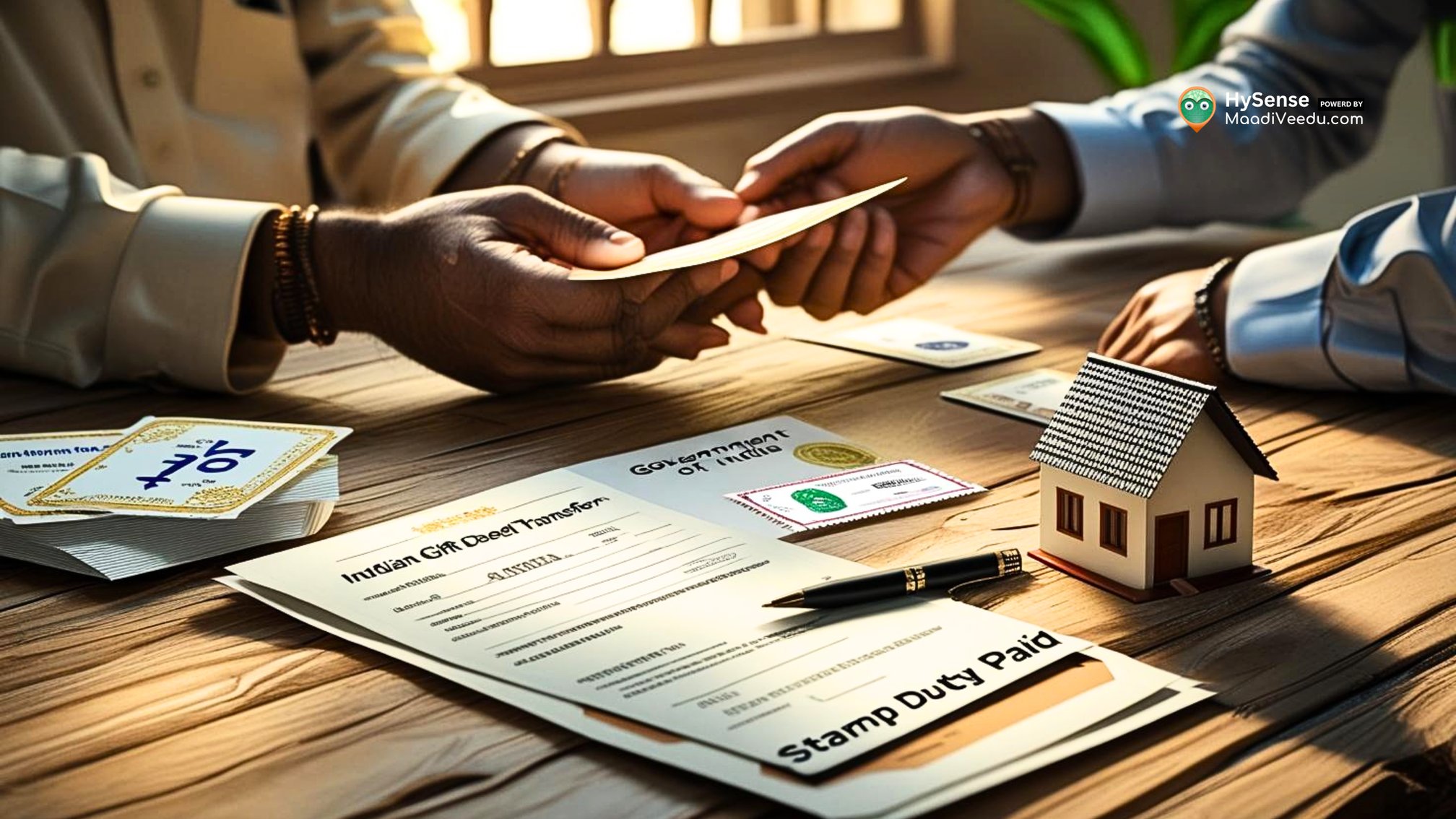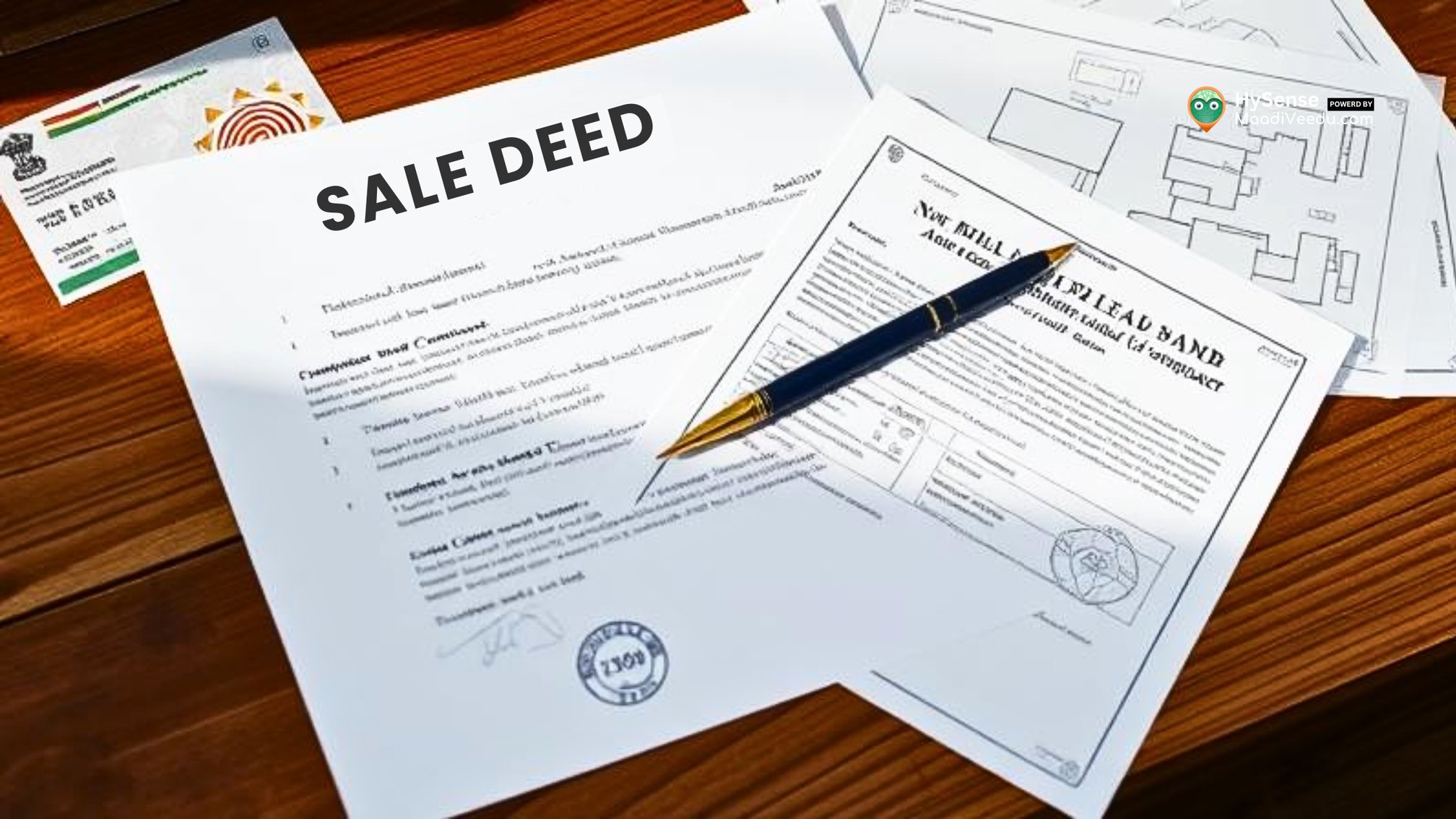What 8 Taxes Do I Have to Pay | After Selling My Property?
Learn about taxes after selling property, including capital gains, TDS, and exemptions. Manage your tax obligations with simple, effective strategies.

Table of Contents
Selling property can be a rewarding experience, but before you enjoy the sale proceeds, it's important to understand the taxes you might need to pay. This guide explains the types of taxes you should be aware of after selling property, in a way that’s easy to understand.
1. Capital Gains Tax (CGT) – What Is It?
When you sell a property, you earn a profit, and this profit is subject to a tax called Capital Gains Tax. The tax you pay depends on how long you’ve owned the property before selling it.
Short-Term Capital Gains (STCG)
- When Does It Apply? If you sell your property within 2 years of buying it.
- Tax Rate: You will pay 15% tax on the profit you make.
Simple Example:
- Buying Price: ₹20,00,000
- Selling Price: ₹25,00,000
- Profit: ₹25,00,000 – ₹20,00,000 = ₹5,00,000
- Tax: 15% of ₹5,00,000 = ₹75,000
- So, you will have to pay ₹75,000 as tax on this ₹5,00,000 profit.
Long-Term Capital Gains (LTCG)
- When Does It Apply? If you hold the property for more than 2 years before selling it.
- Tax Rate: 20% tax on the profit, but you can get a reduction by adjusting for inflation (the rise in prices over time).
Simple Example:
- Buying Price (5 years ago): ₹15,00,000
- Selling Price: ₹30,00,000
- Inflation Adjustment: The price increases with inflation, so your buying price is adjusted to ₹18,00,000.
- Profit: ₹30,00,000 – ₹18,00,000 = ₹12,00,000
- Tax: 20% of ₹12,00,000 = ₹2,40,000
- So, the tax you need to pay will be ₹2,40,000.
Table: STCG vs LTCG
2. Exemptions to Reduce Your Tax
The government gives you some relief if you reinvest your profits in certain ways. If you follow these rules, you can reduce or completely avoid paying capital gains tax.
Section 54 – Exemption on Residential Property
- When It Applies: If you sell your residential property and use the money to buy a new residential property.
- What You Need to Do: You must buy the new property within 1 year before or 2 years after selling your old one.
Simple Example:
- Sold Property: ₹30,00,000
- Bought New Property: ₹30,00,000
- Result: You don’t need to pay any tax if you follow the rules.
Section 54F – Exemption on Non-Residential Property
- When It Applies: If you sell land or commercial property and use the money to buy a residential property.
- What You Need to Do: You can only own 1 residential property after selling the old one to be eligible for this exemption.
Simple Example:
- Sold Property: ₹40,00,000
- Bought New Residential Property: ₹40,00,000
- Result: No tax if you use the full amount for buying the new residential property.
Section 54EC – Exemption on Bonds
- When It Applies: If you invest your profit in bonds issued by government-backed agencies.
- What You Need to Do: You must invest within 6 months of selling the property, and the maximum amount you can invest for tax exemption is ₹50,00,000.
Simple Example:
- Capital Gain: ₹10,00,000
- Invest in Bonds: ₹10,00,000
- Result: No tax if you invest in the right bonds.
Table: Exemption Methods
3. Tax Deducted at Source (TDS)
When you sell a property worth more than ₹50,00,000, the buyer must deduct 1% TDS from the sale price. This amount will be paid directly to the government.
Simple Example:
- Sale Price: ₹60,00,000
- TDS Deducted: 1% of ₹60,00,000 = ₹60,000
- What Happens: The buyer will give you ₹59,40,000 (after deducting ₹60,000). This ₹60,000 will be sent to the government. You will receive a TDS certificate to show you paid this amount.
4. Stamp Duty and Registration Fees
Although stamp duty and registration fees are typically paid by the buyer, it’s good to understand these costs as they affect the total transaction value.
- Stamp Duty: Generally, this is 7% to 8% of the sale price.
- Registration Fees: Typically 1% of the sale price.
Simple Example:
- Sale Price: ₹50,00,000
- Stamp Duty (7%): ₹3,50,000
- Registration Fees (1%): ₹50,000
- Total: ₹4,00,000 (paid by the buyer)
5. Wealth Tax
In 2015, the government removed the wealth tax, so you don’t need to worry about it anymore.
6. Rental Income Tax
If you were renting out your property before selling it, you will also need to pay tax on the rental income you earned, until the time you sell the property.
- Tax Rate: Rental income is taxed based on your income tax slab.
Simple Example:
- Rental Income: ₹5,00,000
- Tax Slab: 30%
- Tax to Pay: 30% of ₹5,00,000 = ₹1,50,000
- So, you will pay ₹1,50,000 as tax on the rental income.
7. Filing Your Tax Return
After you sell your property, you must file your income tax return to report the capital gains and pay the necessary taxes. Here’s how you can do it:
- Report Capital Gains: Mention your profit from selling the property, both short-term and long-term.
- Claim TDS: If TDS was deducted, make sure to mention it when filing your return.
- Claim Exemptions: If you meet the requirements for exemptions (like reinvesting the profits), apply them to reduce your taxes.
8. Deductions for Selling Expenses
When you sell your property, you might have some expenses like agent fees, legal charges, or renovation costs. The good news is, these expenses can be deducted from your profit to lower the tax you need to pay.
By subtracting these expenses from your capital gains, you pay less tax.
Final Thoughts
Selling property isn’t just about getting money in hand—it involves taxes that need to be managed. From capital gains tax to TDS and stamp duty, knowing what to expect and how to reduce your taxes through exemptions is important. You can save a lot by using exemptions or claiming deductions for expenses related to the sale.
Before you sell your property, it’s always a good idea to speak with a tax professional to ensure everything is in order and you’re not overpaying. This way, you can keep your taxes in check and make the most of your property sale!
Stay connected and get more property tips and updates by following us for the latest insights.

